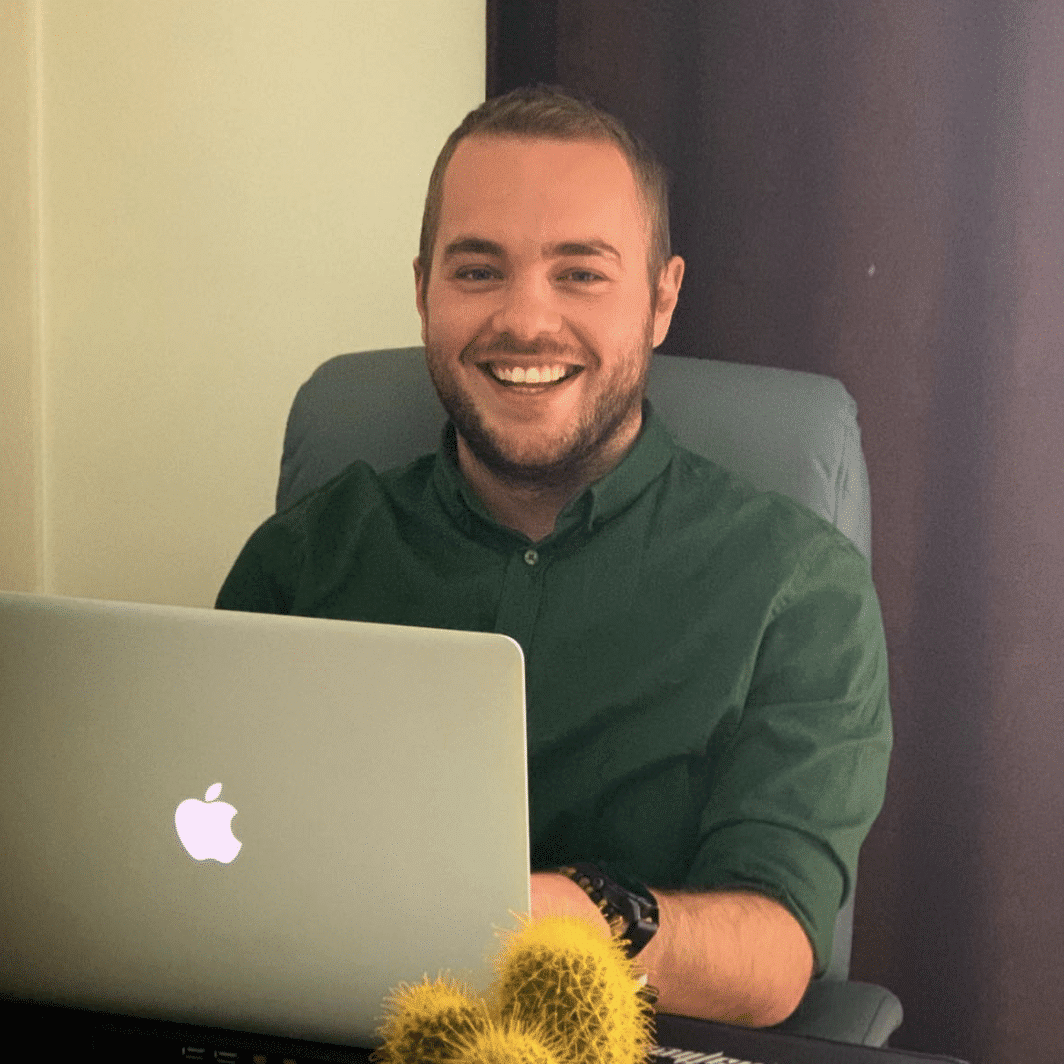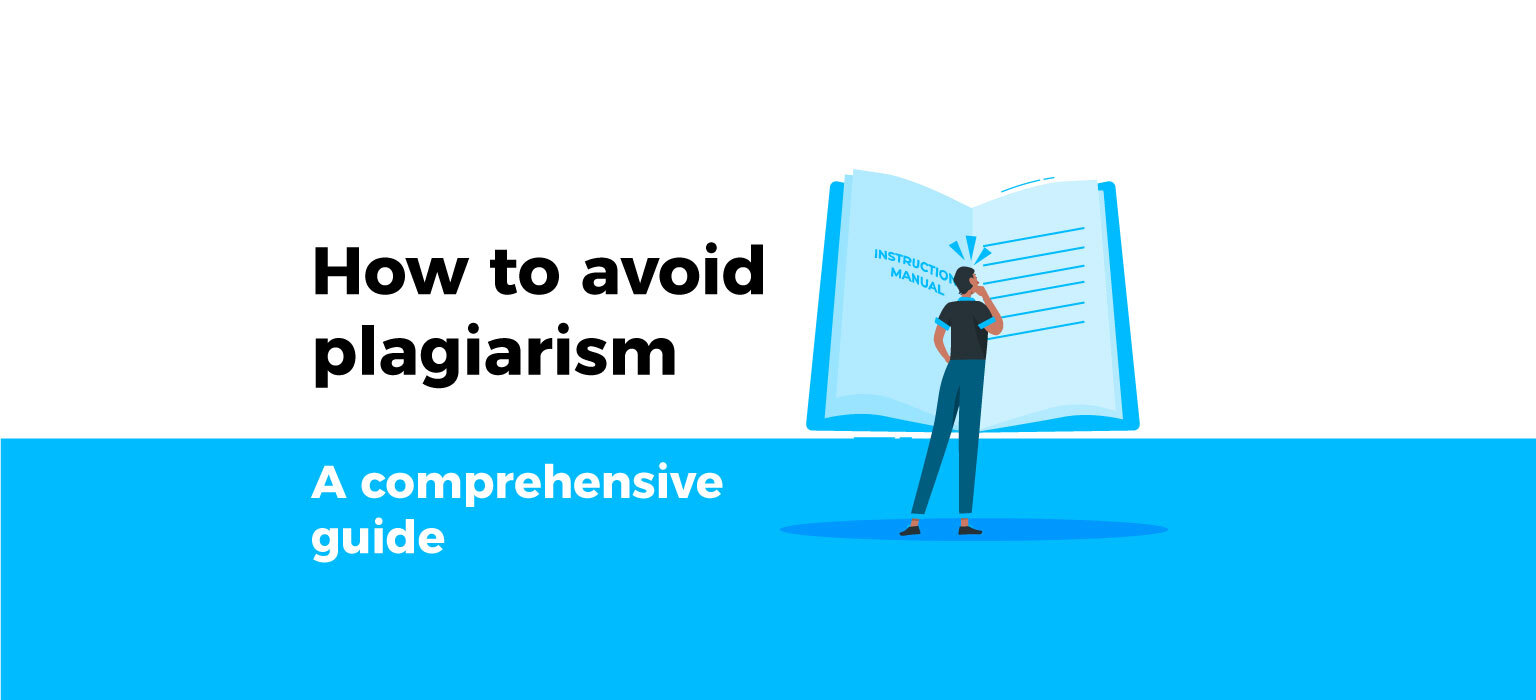Plagiarism is a bad trait that accompanies individuals today, as we do not lack the skills to avoid plagiarism. Still, we lack the will to work and the non-appearance of our ideas.
To understand just how bad plagiarism is, we can divide it into two main points. First, it is unethical because it is practically committing theft. Second, it benefits from the intellectual property of another’s original work.
Considering these facts, the consequences they will bear will be these: they will sue you, will demand a hefty fine for the work that you are ranking, they will not allow you to develop your career, you may be expelled from college/school, etc.
The primary concern of every writer, programmer, musician, etc., is to avoid plagiarism because your ideas will develop your career and integrity without outside interference. If you plagiarize, first, you will lose the respect of your colleagues, professors, and peers, and secondly, you risk your reputation in college or even at work.
How can we avoid plagiarism?
To avoid plagiarism, you must be completely attentive to your work. There are so many ways to teach you how to prevent plagiarism, you have to follow them, and your work will be accurate and of better quality.
The best way to avoid plagiarism is to
- Cite all your sources
- Use direct quotes
- Paraphrase
- Research properly
- Use a plagiarism checker
Cite all sources
Citing your sources is the basis of adequately giving credit where it’s due. Whenever you take a text from an outside source, you should include a citation that gives credit to the original author.
If you omit while citing a source, it is automatically considered plagiarism because you present other people’s ideas as your own.
The most common citation styles are:
- AMA
- APA (6th edition)
- APA (7th edition)
- Harvard
- IEEE
AMA
AMA is an author-number style, which means a number is used as an in-text citation to list the authors’ names in the reference list, which will be arranged numerically in order of appearance.
APA (6th edition)
It is an author-date style for citing author references in assignments, articles, and publications. It consists of the author’s last name and the year of publication.
Read also: “A proper plagiarism checker for single and cross-language”
APA (7th edition)
It uses the parenthetical citation method; within the parentheses is the author’s name, year of publication, and the page number where the citation appears. This style has been developed to ensure durability.
The difference between APA (6th edition) and APA (7th edition) – is that in APA 6, when a reference had more than six authors in the reference list, only the first six were listed. In comparison, in APA 7, you can list up to 20 authors.

Harvard
This citation style highlights the author’s name and date of publication in the list of references in alphabetical order. Harvard style also reduces the possibility of being accused of plagiarism.
IEEE
IEEE means the Institute of Electrical and Electronic Engineers. It is a numbered reference style that uses numbers in the citation within the text through square brackets, so the complete reference is listed at the end of the paper, next to the corresponding citation number.
Use direct quotes
Often when we have to quote a phrase taken from a source outside of our work, we will have to use direct quotation marks.
We must use direct quotations at the beginning and the end of the quote, using the relevant words from the original text and indicating the source from which it came. Otherwise, all your work will be considered plagiarism.
For a full direct quote, you should be able to maintain the correct structure and spelling, capitalization, and punctuation of the source.
The purpose of using direct quotations is to direct the full attention of a particular source an author.
Paraphrase properly
Paraphrasing is when you express the ideas of others with your own words or when the structure of a text will be with your own words but without leaving the original context – without losing the original meaning.
Paraphrasing is another alternative to quoting, taking someone else’s ideas or words by putting them in quotes.
If you are doing academic writing, then the best way is to paraphrase instead of quoting. This way, you show that you have researched, found materials, read, understood, and now you are defending them with your words.
The best practices to paraphrase correctly include reading the material several times. Reading it several times will give you the advantage of being more prepared for the topic given to you.
Another thing is to take notes while you’re reading or researching. This way, you will choose the key points while reading, and through your words, you will be able to present them in your work.
It would be best to start writing your ideas based on what you have read by saying it in your own words and always citing your sources at the end.
4 tips for paraphrasing:
- Start at a different point from the original source.
- Always use synonyms
- Change the structure of the paper.
- Please find a way to turn long sentences into short ones or combine them.
Plagiarism vs. paraphrasing?
Plagiarism is when you pass off other people’s ideas as your own without giving them due credit. Paraphrasing means when you use someone else’s ideas by expressing them in your own words but always quoting them.

When can paraphrasing turn into plagiarism?
- Paraphrasing is considered plagiarism when you don’t give credit to the original author.
- Paraphrasing is considered plagiarism when your text is almost like the source. If you copy a specific sentence, you must immediately cite it.
- Paraphrasing is not considered plagiarism if you express someone else’s ideas in your own words and quote them correctly.
Research properly
The key and important point to avoid plagiarism is proper research.
When you research enough information about a topic during your work, you are ready to start your work, but always using your own words.
To do a good search, you should start by identifying the concept of the topic so that you have an easier search for the topic.
Then you should go ahead and ask some research questions and identify keywords, so you know where to focus.
Fill them in first and then continue to search for information on the topic and analyze what you have found. Always take notes because you will need them during the paper. In the end, organize your ideas and cite them anyway.
To do good and quality research, rely on 4 tips. Good research is based on genuine questions and follows a systematic methodology. Good research considers everything related to the topic and uses relevant data and decent methods for data analysis.
The research process is essential because every part of the research will contribute to a part of our work, so it is always good to start with research when you start a new article.
During the research, make sure that the place where you are getting the resources is reliable; the objectives and findings are the main points.
Also, we must be able to collect information and evidence and have it available to help us during the process of our work.
Characteristics of good research:
- Research should be focused on priority problems
- Research should be systematic
- Logic
- Reducer
- Repeatable
- Generator and
- Action-oriented
Use a plagiarism checker
Plagiarism checkers use advanced database software to scan your text for plagiarism by comparing it with other available readers. Usually, plagiarism checkers are used by universities/schools. Still, they can also be used by individuals to ensure no plagiarism in their work.
The plagiarism checker will detect and let you know if you have accidentally plagiarized.
Also, a good plagiarism checker will check for you if you have made citations in the correct form.
Crossplag is a great plagiarism checker that offers all of the above and is reliable. It is the only cross-lingual plagiarism detector, and the cost is affordable for everyone. Also, if you register for the first time, you are given 10 free credits, equal to 1000 words.

Conclusion
Plagiarism is a bad habit that continues to grow among most people. To first have the respect of others and an excellent professional or student career, we must avoid plagiarism through the forms we learn and become familiar with.
The best way to avoid plagiarism is to research and express ourselves in our own words, and we should always cite external sources.
We must be careful about what we want to develop and always do good research, even if it takes a little more time: good research and an excellent job with your words. Sticking to the quotes will keep us away from plagiarism.
Another way to be one step away from plagiarism is to be a good plagiarism checker. After finishing your work, check your document through a plagiarism checker like Crossplag, which offers an excellent and affordable opportunity.

Korab has dedicated the past decade to the marketing industry, focusing specifically on the intricate field of Search Engine Optimization (SEO). Despite his background in development, Korab’s unwavering passion for marketing drives his commitment to success in the field.
He’s been an Inter fan since he was a kid, which makes him highly patient for results.
Korab does not hike.

